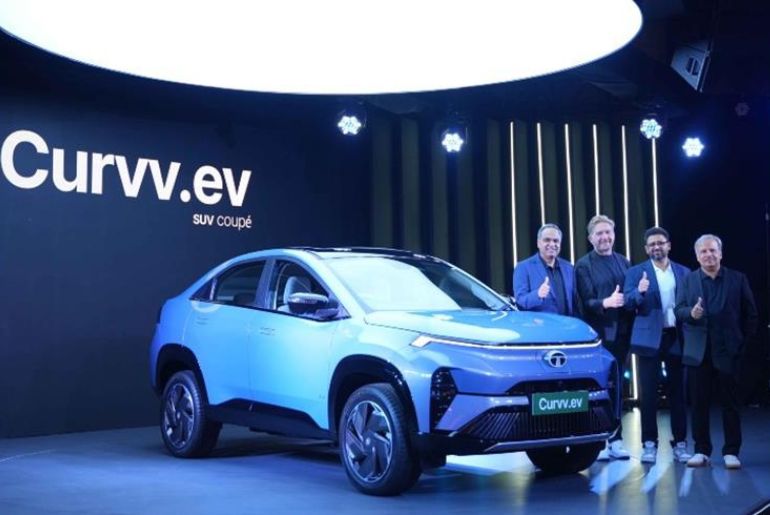Tata Motors on launched its Curvv EV at Rs 17.49 lakh, almost at the same price as the Petrol Automatic SUVs from Hyundai and Kia. This should help the company accelerate the adoption of EVs amid slowing growth, it notes.
Anand Kulkarni Chief Products Officer, Head of HV Programs and Customer Service, Tata Passenger Electric Mobility Ltd, spoke about how the company was able to bring down the price and offer a compelling product in the mid-size SUV segment to carve a space for itself. Edited
When asked about the slowing EV penetration in the market, he said: “We need to look at the penetration slowing down in two parts. When you look at it from a year-on-year perspective, there is always a part of fleet and a part of retail. Retail is still going strong, to the extent, that it has had a little bit of an overall effect, coming through in small-digit percentages.”
“However, the fleet is a little tentative due to the withdrawal of FAME subsidies and the lack of clarity in the Budget. If you ask me, there is actually a good opportunity there, but because commitment is not happening, people are hoping that FAME 3 will take place soon. From an overall perspective in terms of how the segment is moving, I think it is possible now to see that electric cars can achieve parity with ICE cars, and we have been able to do that with the Curvv . This should help us attract more buyers for EVs,” he added.
“In January, we discussed the Born EV architecture. We did this because you cannot optimise the car for two power trains. The needs and expectations are different. When you decide to separate them, you start to unlock the benefits of each of those respective architectures or powertrains. The second part concerns battery prices. If you look at what happened to battery prices, they were consistently reducing until Covid-19 hit us. They spiked rapidly, and again, they are coming down. The battery prices from a peak have come down by at least 35-40%, if not more,” he explained.
“When battery prices were very high, the non-cell cost was a fraction of it. We had said that in the future when battery costs come down, the focus will have to be on the non-battery or the non-cell cost, and that is precisely what’s happening. So, we are learning, devising, and innovating how to construct, design, and manufacture these batteries optimally without imposing any limitations. So, all of these things have come together, and there is also a certain degree of scale and localisation effect. This has helped Tata in bringing parity close to ICE vehicles,” he said.


